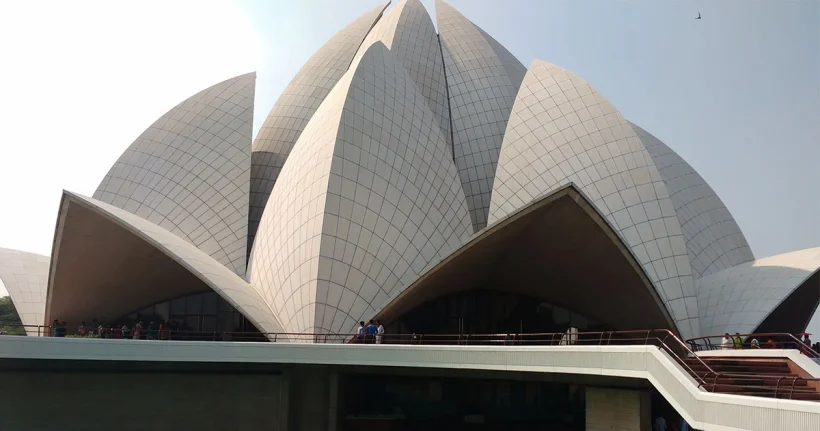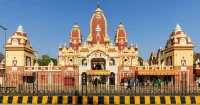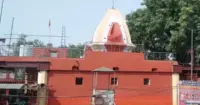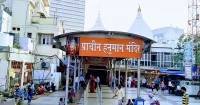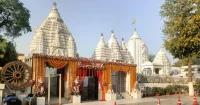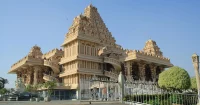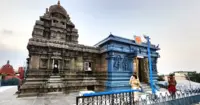The Bahai Lotus Temple, a masterpiece of modern architecture and spiritual significance, stands gracefully in the bustling city of Delhi. Known for its striking lotus-shaped structure, this Bahá’í House of Worship symbolizes peace, harmony, and the oneness of humanity. With its serene ambiance and breathtaking design, it attracts millions of visitors every year, making it one of the most popular landmarks in India. Let’s delve into the history, significance, and essential details about this iconic temple.
About the Bahai Lotus Temple
The Lotus Temple is one of the seven Bahá’í Houses of Worship around the globe and the only one in Asia. Dedicated to fostering unity among all religions and people, the temple is open to individuals of all faiths. Its lotus-like structure represents purity and universality, reflecting the core Bahá’í principles of peace and equality. This architectural marvel, surrounded by sprawling gardens and tranquil pools, offers visitors a perfect retreat from the chaos of city life.
History and Architecture of the Lotus Mandir
The Bahá’í Faith, established in the 19th century by Bahá’u’lláh, emphasizes the unity of all religions and humanity. The idea of creating a Bahá’í House of Worship in India was initiated to reflect this spiritual vision.
Designed by Iranian architect Fariborz Sahba, the Lotus Temple’s construction began in 1980 and was completed in 1986. The temple’s design draws inspiration from the lotus flower, a sacred symbol in Indian culture that signifies purity and peace. The structure features 27 free-standing marble-clad “petals” arranged in clusters to resemble a blooming lotus.
The temple’s innovative design incorporates sustainable architectural principles, including natural lighting and ventilation. With its marble exterior sourced from Greece, the temple’s pristine beauty and symmetrical elegance captivate visitors from around the world.
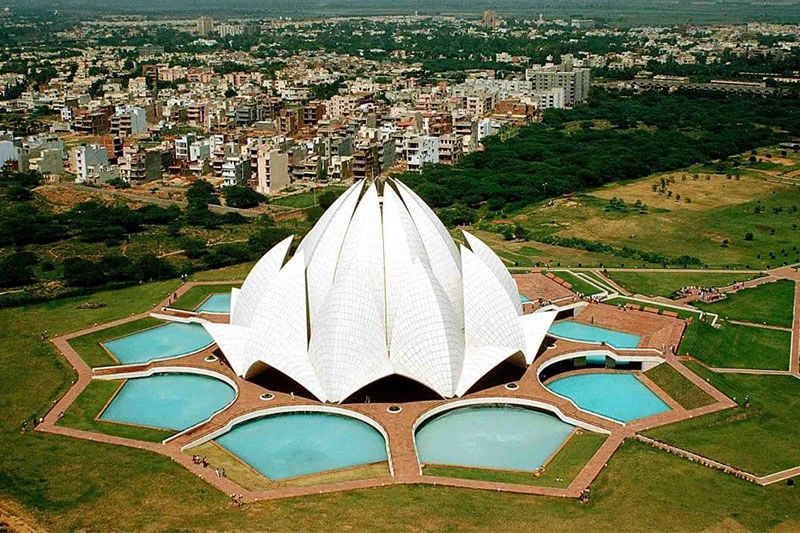
Lotus Temple in New Delhi (Aerial View)
Unique Facts About the Lotus Temple Delhi
- Architectural Wonder: The temple’s iconic design consists of 27 marble petals arranged in nine clusters, creating a lotus shape surrounded by nine tranquil pools.
- No Religious Icons: True to the Bahá’í Faith’s principle of unity, the temple does not house any idols, rituals, or sermons. It is a space for silent prayer and meditation.
- World Records: The Lotus Temple is one of the most visited buildings globally, with over 10,000 visitors daily.
- Eco-Friendly Design: The temple employs sustainable elements such as natural air conditioning, daylight optimization, and eco-conscious landscaping.
- Symbol of Unity: Emphasizing interfaith harmony, the temple welcomes people of all beliefs and serves as a spiritual and cultural hub.
Location and Address
The Lotus Temple is located in the neighborhood of Bahapur in Kalkaji, South Delhi. The DDA parking facility opposite the main gate is available for use
Address:
Lotus Temple Road,
Kalkaji, Delhi 110019, India
Nearest Metro Station:
Kalkaji Mandir Metro Station (Violet Line) and Okhla NSIC Metro Station (Magenta Line) both just 5 minute walk away from the temple.
By Road:
The temple is well-connected by road, and visitors can easily reach it via auto-rickshaws, buses, or private vehicles. Parking facilities are available near the temple premises.
Timings and Ticket Information
- Opening Hours: 8:30 AM – 5:00 PM (Monday Closed)
- Prayer service: 10:00 AM, 12:00 PM, 3:00 PM, 5:00 PM
- Photography: Permitted in the exterior areas but restricted inside the prayer hall to maintain its meditative atmosphere.
- Entry Fee: Free
- Time Required: Visitors typically spend about 1-2 hours to exploring temple and its surroundings.
Nearby Attractions
While visiting the Lotus Temple, don’t miss these nearby attractions:
- ISKCON Temple: Located in East of Kailash, this vibrant temple dedicated to Lord Krishna is known for its lively aartis and spiritual ambiance.
- Kalkaji Temple: A revered Hindu temple dedicated to Kali Mata, situated just a short distance from the Lotus Temple.
- Humayun’s Tomb: A UNESCO World Heritage Site and architectural marvel, perfect for history enthusiasts.
- Nehru Place: A bustling commercial hub, ideal for electronics shopping and sampling street food.
Tips for Visitors
- Maintain Silence: Respect the meditative environment by refraining from loud conversations and noise inside the prayer hall.
- Dress Appropriately: Modest attire is recommended to honor the sanctity of the temple.
- Visit Early or Late: To avoid crowds, plan your visit during early morning or late afternoon hours.
- Carry Essentials: Bring a water bottle and wear comfortable footwear, as you may need to walk around the large premises.
- Explore the Visitor Center: Don’t miss the exhibits and audio-visual displays at the visitor center, which provide deeper insights into the Bahá’í Faith and the temple’s history.
Conclusion
The Lotus Temple is much more than an architectural marvel; it’s a sanctuary of peace, a symbol of unity, and a testament to India’s cultural and spiritual diversity. Whether you seek a moment of quiet reflection, marvel at innovative design, or wish to explore the principles of the Bahá’í Faith, the temple offers an enriching and memorable experience. Surrounded by lush gardens and serene pools, it serves as a perfect escape from the hustle of daily life.
Plan your visit to the Lotus Temple today and immerse yourself in the tranquility and beauty of this iconic landmark.
For more information, visit the temple’s official website: https://bahaihouseofworship.in

